Two Franciscans, inspired by St. Francis’ style of preaching, visited all 30 Major League Baseball stadiums this past summer. They were as surprised by their encounters as were the thousands of sports fans they met along the way.
When you go to the ballpark during the summer, you expect to see hot dog vendors and beer carts, people touting their home team’s gear and rooting for more home runs. What you don’t expect to see are two Franciscan friars, beers in hand, blessing concession workers and hearing confessions.
And yet that is what I spent my summer doing: traveling the country with a classmate, Father Roberto “Tito” Serrano, OFM, visiting all 30 Major League Baseball stadiums, spreading the Gospel. From May 19 to August 3, we covered nearly 18,000 miles to bring the good news of Jesus to fans of America’s pastime.
Missionary Zeal, with a Twist
The thought of two Franciscan friars spending their summer in ballparks rather than churches might seem a bit strange to some. One of the most common questions we heard all summer was, “How did you convince your superiors to let you do this?” The reality is it didn’t require any extraordinary negotiation tactics because what we did wasn’t that extraordinary for Franciscans: Preaching in the public square is what we’ve done for 800 years.
Back in 2013, Father Tito and I learned this as novices. In teaching us about the Franciscan charism, one friar stressed that St. Francis didn’t send his brothers to preach in churches; he sent them to the marketplace—the place where people gathered for commerce and entertainment—in order to reach those who weren’t already moved by the Gospel. He told us that we must discover what that meant for the 21st century. Where do people gather? How will we go out to meet them rather than wait for them to come to us? My mind immediately went to arenas filled with tens of thousands of fans each night.
To say that we stuck out at these games is an understatement. Far from the comfortable confines of the church, often in places with no history of Catholicism, the average fan couldn’t help but stare as we walked by. Many asked questions using the only experience they had: “Are you Jedi?” With a wave in front of their faces we would respond, “These are not the men you’re looking for.”
Others, familiar with baseball, wondered if we were San Diego Padres fans. “Actually, they’re fans of us,” we would respond.
The most common phrase we heard all summer, preceding almost every question, was, “OK, so I have to ask . . .” And then we were talking. As repetitive as it became, we knew that the peculiarity of our attire was our greatest asset to evangelization. Unlike the street preachers holding megaphones, shouting at passersby, far removed from the pamphlet-handing zealots at events, there was nothing intrusive about our ministry. We showed up, made ourselves visible, and allowed people to approach us.
Seeds Planted
Upon learning that we were not cosplaying (wearing a costume to portray a character) but were, in fact, real priests, some would immediately turn and walk away, probably a bit embarrassed. No offense taken. Many, however, asked a follow-up question. They took interest in what we were doing—not only during the summer but also about our lives. They had never met a real friar, didn’t know that we still existed. A seed was planted, a new idea formed. We handed them a card with our website and a question: “Is it time to come home?”
Once they had their fill of questions answered, it was our turn. Shying away from direct approaches like asking them if they were saved or bluntly asking them if they would consider going to church, we simply asked if we could pray for them. All of a sudden, strangers were opening up to us about their struggles and fears. All of a sudden, we were pointing their attention beyond themselves to the only One who can truly help. Some people allowed us to pray for them right there in the ballpark, while others accepted that we would keep them in prayer that evening. All of them walked away with an encounter of prayer that they likely hadn’t had in years.
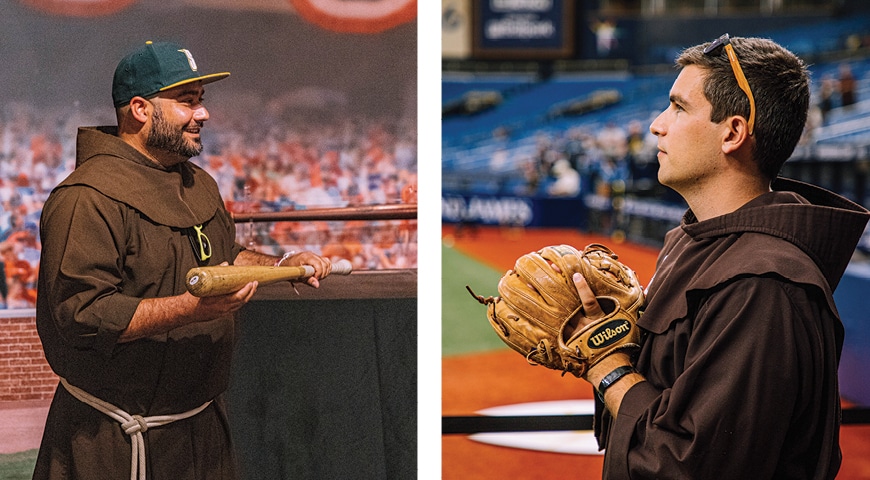
Like the early Franciscan friars, Fathers Casey Cole and Tito Serrano did their share of walking as they preached the Gospel to baseball’s faithful.
In one case, a man had just found out that his mother had been diagnosed with cancer that week and was struggling to deal with it himself. A concession worker was dealing with housing issues and was worried about her well-being. One man, a former Catholic, hadn’t been to church in 25 years. There had been a nagging feeling inside him for some time to return, but it was our presence right before him, in “his arena,” that caused him to ask for the Sacrament of Reconciliation.
But it wasn’t only the curious and wayward who approached us. In fact, the majority of our conversations were with practicing Catholics, people who knew who and what we are, attend Mass regularly, and believe in the teachings of the Church. For some, this might appear like a waste of time for an evangelization tour, just time spent “preaching to the choir.” But whoever said the choir didn’t need to be preached to? The goal of evangelization is not simply to convert one to the cause (moving on once they’ve been baptized); it is to foster a greater love for Christ in everyone we meet.
Having faith doesn’t preclude one from deeper encounters with Christ. We found our encounters with fellow believers anything but a waste of time because our presence was inspiring to them. It showed people that faith need not be a Sunday-only activity but could be brought to every facet of our lives. Even the most mundane and secular of things—baseball—could be an opportunity to encounter God’s work in the world.
Venturing Out to the ‘Marketplace’
Of course, for true fans, baseball is anything but a mundane or worldly endeavor: It’s an experience of the transcendent. People asked us throughout the summer what might be next for us—if we would spend next year visiting football stadiums or going to Broadway musicals—continuing our journey to different “marketplaces.” While there’s no way of saying what the future will hold, and we certainly don’t want to say that God can’t be found in these places, we knew from the beginning that there was something particularly special about baseball. As James Earl Jones’ character famously posits in the film Field of Dreams: “This game . . . reminds us of all that once was good, and it could be again.” We agree.
Baseball is a sport with a profound sense of history. The oldest professional sport in the United States, its statistics date back over 150 years. For decades, it shaped the American landscape, defining eras and forming generations. Along our tour, Father Tito and I made sure to experience this. We went to the Baseball Hall of Fame in Cooperstown, New York, where we saw baseballs used over 100 years ago.
In Rockford, Illinois, we walked on the field where the All-American Girls Professional Baseball League played. In Kansas City, we learned about the history of the Negro Leagues. In Louisville, we actually held bats used in real games by Babe Ruth and Roberto Clemente. It was like holding a relic, a mediating of the past right before us.
At the games themselves, there is a remarkable sense of community in the stands. Like other sports, fans come dressed in common attire and feel a part of a common cause. But with baseball, it’s more than that. For some it might seem like a slow or boring sport, but the reality is that it is the only game that allows for contemplation, discussion, and socializing. The pace of the game insists on it. Football is too intense. Basketball, soccer, and hockey are too unrelenting. Golf and tennis are too formal. And so, in baseball stadiums, people talk to one another. Strangers in the same section meet and have conversations. There is a connection with those around you, giving the sense that you are together in something.
Furthermore, who can ignore the sense of common gesture and ritual in this sport? As different as every game is, as diverse as each population is, every fan at every game we attended knew when to stand and when to sit. They knew how to respond to invitations by the organ, all the words to “Take Me Out to the Ballgame,” and when to appropriately boo the umpire. Without much instruction, thousands of people acted in unison.
Creating a Sacred Space at the Ballpark
Finally, who can forget the structures themselves? As much as every sport now plays in luxuriously furnished arenas, there is something about the character of a baseball stadium that stands out. No one field has the same dimensions of any other. In the design of baseball stadiums, attention is given not only to viewing the game but also to the perspective of the outfield.
Many have artistic features, architectural wonders, and historical landmarks. Fans yearn to see the Green Monster in Boston, the ivy wall in Chicago, the fountains in Kansas City, the white picket fence roof in New York. Even the grass itself is cut with designs and patterns. In baseball, there is a sense of beauty and wonder. Stadiums are the closest our world has to the cathedrals of the Church.
These are not insignificant connections: tradition, community, ritual, beauty. Despite being a secular institution, there are things about this sport that draw people into a deeper experience of life. There are things about this seemingly God-free place that are good and that should be encouraged. Baseball fans have found and help perpetuate foundational qualities of a good and true life, values that draw people closer to God rather than further away.
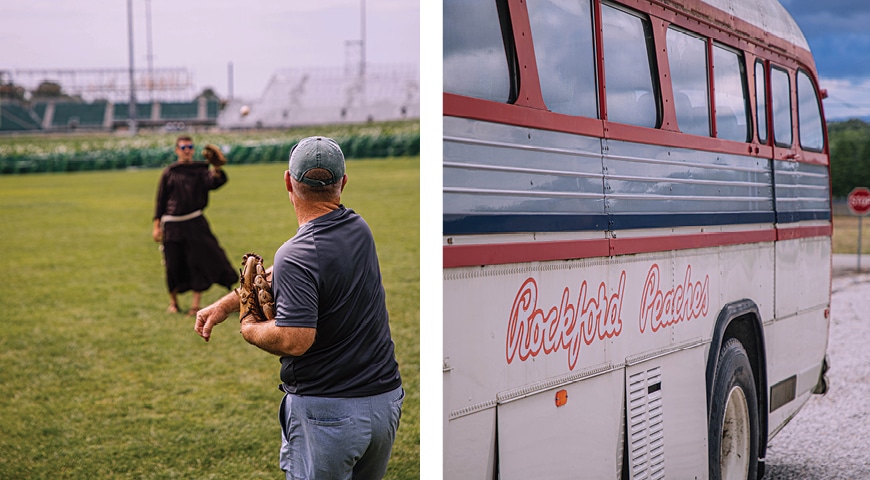
(LEFT) Father Casey and his dad, Mark, have a catch at the Field of Dreams in Dyersville, Iowa, where the popular film starring Kevin Costner took place. (RIGHT) A bus that once transported the Rockford Peaches of the All-American Girls Professional Baseball League is a piece of history at League Field in Huntingburg, Indiana, where parts of the film A League of Their Own were shot.
And so, we must lean into this. This becomes our starting point. When St. Paul went into the Greek temple, he did not admonish them for worshipping false gods; he found a shrine dedicated to “to an unknown god” and built upon it. He identified something true that they had found and encouraged them for it. Let me tell you why that’s right and how I can add to it. So it can be with baseball. So it can be with anything good that we find in our world.
For Franciscans, our approach to evangelization is not to replace the evil in the world with the good of the Church; it is to find the work of God already underway in the world so that we can name it and help bring it to completion. When we find a people dedicated to tradition, community, ritual, and beauty, our work as friars is easy.
We have everything people are looking for, plus something even greater: the good news of Jesus Christ that our salvation is at hand. Evangelization doesn’t have to be about tearing down the world—it’s about helping people see God in it.
First, Listen
To do this, every Christian must recognize that the work of evangelization actually has very little to do with talking about Jesus. While explicit conversations about faith are essential and must ultimately be the goal of everything we do, this is but one of many steps in the process of evangelization. And it’s definitely not the first.
Prior to opening our mouths and telling people what “they need to hear,” there must be a period of discernment on our part. Before we say a word, we must learn to listen. Who are we talking with? What do they need? What are they willing to hear? What might they already know and have to offer us? As Pope Francis teaches in his encyclical The Joy of the Gospel, evangelists need to “accompany with mercy and patience.” It is about taking the time to walk with people in the journey of life, attending to their needs and concerns, building trust in our care for them. It is then that our proclamation of the Gospel will be most effective, for it is then that we have already witnessed to it.
As much as Father Tito and I spent time explaining our life and what we were doing at the ballparks, we tried to steer the conversation back to the people we were talking to. We asked them what their experience of going to church was like, what they thought the Catholic Church needed, and how we could be better priests to serve the world.
In the spirit of the synodal process, we recognized that our purpose at the ballparks was as much to listen as it was to preach.
It Takes a Team
In the end, it was an exhausting, chaotic, absolutely absurd, yet undeniably fruitful journey. Over the course of three months, we traveled the width of this country nearly six times, gave dozens of talks, met thousands of people, and made ourselves present to three quarters of a million strangers. This was anything but an ordinary, easygoing summer. Looking back, it’s amazing that we were even able to pull it off. There’s no way that I could have done it on my own.
As a Franciscan, I learned very early on in our formation that St. Francis never sent the brothers out alone, but two by two, just as Jesus did. During formation, we were taught that there was something about being together that might be less efficient than working on our own but would never be as effective. For years, I repeated this line myself all the while working on my own. I produced a successful YouTube channel alone. I gave talks around the country alone. I wrote books alone. In each of these endeavors, I was able to work at my pace and control every bit of the messaging; and I was successful. Working together seemed great in theory, but how could it beat working on your own?
This summer, I found out how. On the one hand, there is the obvious aspect of sharing the workload. I had someone else to split the thousands of miles of traveling, someone to help carry video equipment, someone to step in when catastrophe struck and I was too tired to figure things out. Practically, I just couldn’t have done it on my own.
But it’s more than that. As we walked around the stadiums together, I began to notice that people only approached us when we were together. If one went to the restroom or to a concession stand, no one stopped us. No one asked questions. Alone, we were each just random guys dressed in weird clothes. Together, we were something different. Without saying a word, the fact that we were together interested people.
It was as if our very presence validated the other. The way we talked and laughed with one another normalized us. Our conversations may have been clunkier than a one-on-one, and our talks were far less smooth than I’m used to, and yet the connections we made were unlike anything I’ve experienced on my own. This summer, it was our brotherhood in Christ—not our words—that spoke loudest.
This is, I believe, a lesson for us all. Every Christian has a responsibility to proclaim the Gospel. Every disciple has a call to teach the faith. Few of us will formally vow to live in fraternity to do so, but that doesn’t mean we need each other any less. As a faith based in the sacrificial love of God, it is not enough to speak words alone. Christianity is fundamentally lived—and shared—together. No words can match the way we treat each other. No testimony will ever be as powerful as our lives lived together.
The reason that Jesus sent the disciples out two by two is because our faith is not something that words can ever fully capture. It has to be shown. To do that, you need a team.


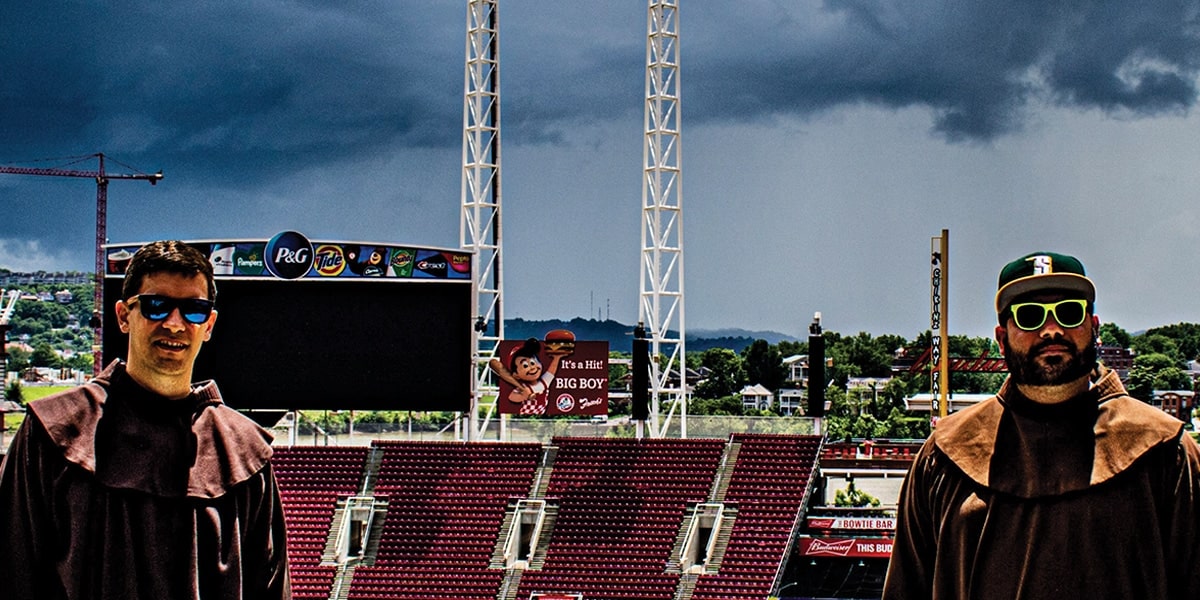

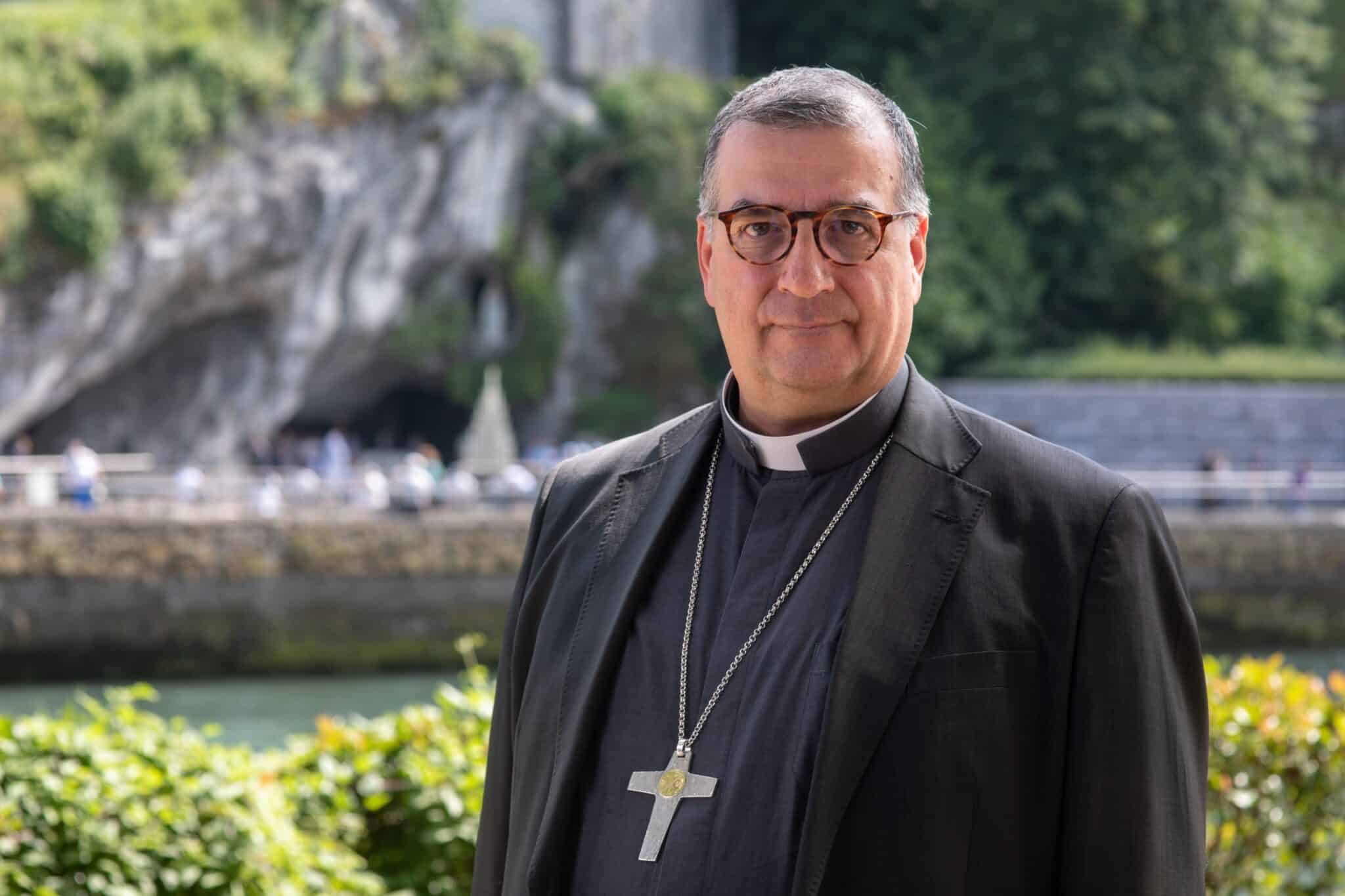
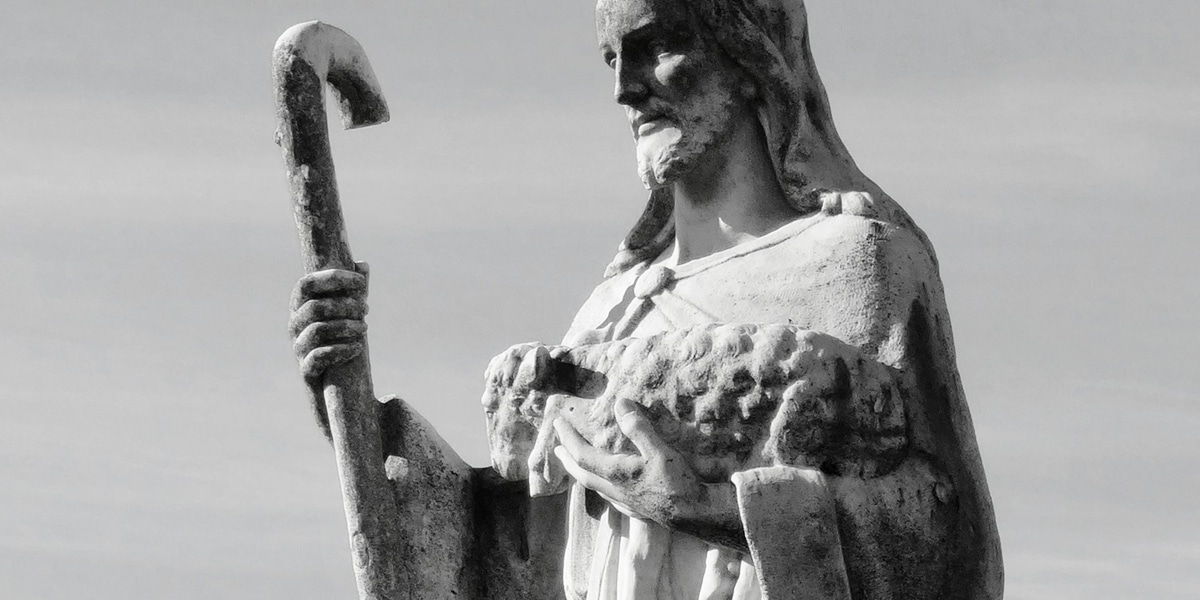

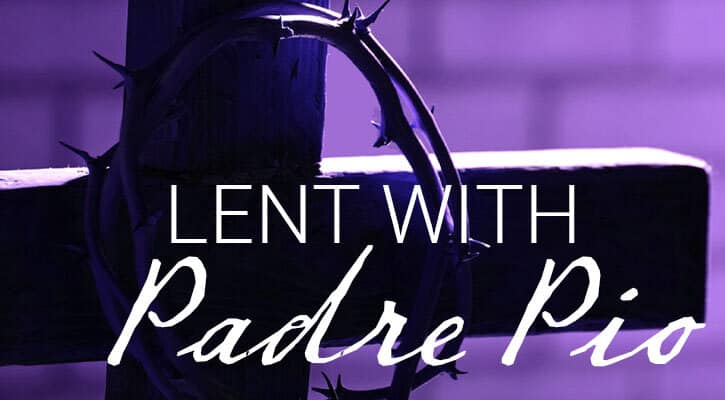

1 thought on “Preachers in the Bleachers”
Loved your journey